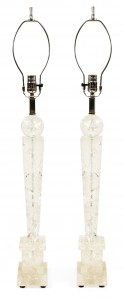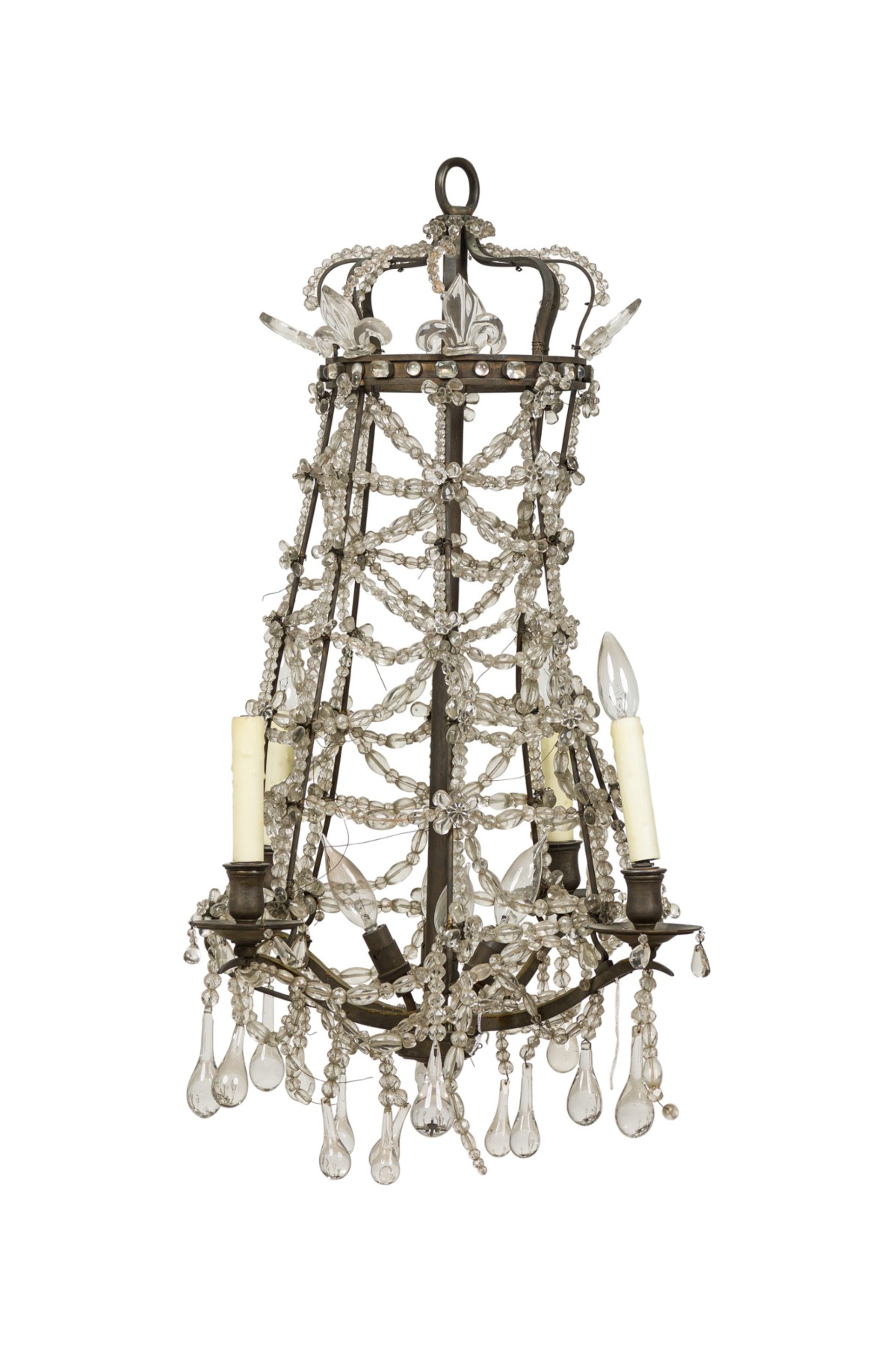X
{{ modalTitle }}
PLEASE FILL IN THE REQUIRED FIELDS.X
X
{{ modalTitle }}
Choose one of the options below.X
ITEM SUCCESSFULLY
ADDED TO PROJECT
Austrian Egyptian Revival Style Bronze Sarcophagus Metamorphic Table Lamp
 Continental
Continental German & Austrian
German & Austrian Lighting
Lighting Table lamp
Table lamp
Newel Warehouse
32-00 Skillman Ave
Long Island City NY - 11101
 (212) 758-1970
(212) 758-1970
Austrian Egyptian Revival Style Bronze Sarcophagus Metamorphic Table Lamp

Newel Warehouse
32-00 Skillman Ave
Long Island City NY - 11101
 (212) 758-1970
(212) 758-1970
 Lighting
Lighting Table lamp
Table lampBronze doré
A French 18th and 19th Century gilding technique of applying an amalgam of fine, high-carat gold with mercury to copper, brass, or most commonly bronze objects. The bronze is exposed to high heat in a kiln burning off the mercury leaving a thin gold coat behind that is adhered to the metal. Commonly used by the craftsmen, Fondeurs-ciseleurs (founders and finishers), for decorative mounts in furniture, clocks, candelabras, and porcelain. Due to the health hazards of mercury, the technique waned into the late 19th Century and was replaced by electroplating.
Sarcophagus
A sarcophagus is a rectangular, coffin-shaped box tapering to a smaller size at the bottom that was used to bury leaders and weather residents in ancient Egypt, Rome and Greece. Sarcophagi were typically made of stone or clay, were elaborately decorated with carvings or paintings, and displayed above ground.
Bronze doré
A French 18th and 19th Century gilding technique of applying an amalgam of fine, high-carat gold with mercury to copper, brass, or most commonly bronze objects. The bronze is exposed to high heat in a kiln burning off the mercury leaving a thin gold coat behind that is adhered to the metal. Commonly used by the craftsmen, Fondeurs-ciseleurs (founders and finishers), for decorative mounts in furniture, clocks, candelabras, and porcelain. Due to the health hazards of mercury, the technique waned into the late 19th Century and was replaced by electroplating.
Sarcophagus
A sarcophagus is a rectangular, coffin-shaped box tapering to a smaller size at the bottom that was used to bury leaders and weather residents in ancient Egypt, Rome and Greece. Sarcophagi were typically made of stone or clay, were elaborately decorated with carvings or paintings, and displayed above ground.
Bronze doré
A French 18th and 19th Century gilding technique of applying an amalgam of fine, high-carat gold with mercury to copper, brass, or most commonly bronze objects. The bronze is exposed to high heat in a kiln burning off the mercury leaving a thin gold coat behind that is adhered to the metal. Commonly used by the craftsmen, Fondeurs-ciseleurs (founders and finishers), for decorative mounts in furniture, clocks, candelabras, and porcelain. Due to the health hazards of mercury, the technique waned into the late 19th Century and was replaced by electroplating.
Sarcophagus
A sarcophagus is a rectangular, coffin-shaped box tapering to a smaller size at the bottom that was used to bury leaders and weather residents in ancient Egypt, Rome and Greece. Sarcophagi were typically made of stone or clay, were elaborately decorated with carvings or paintings, and displayed above ground.















